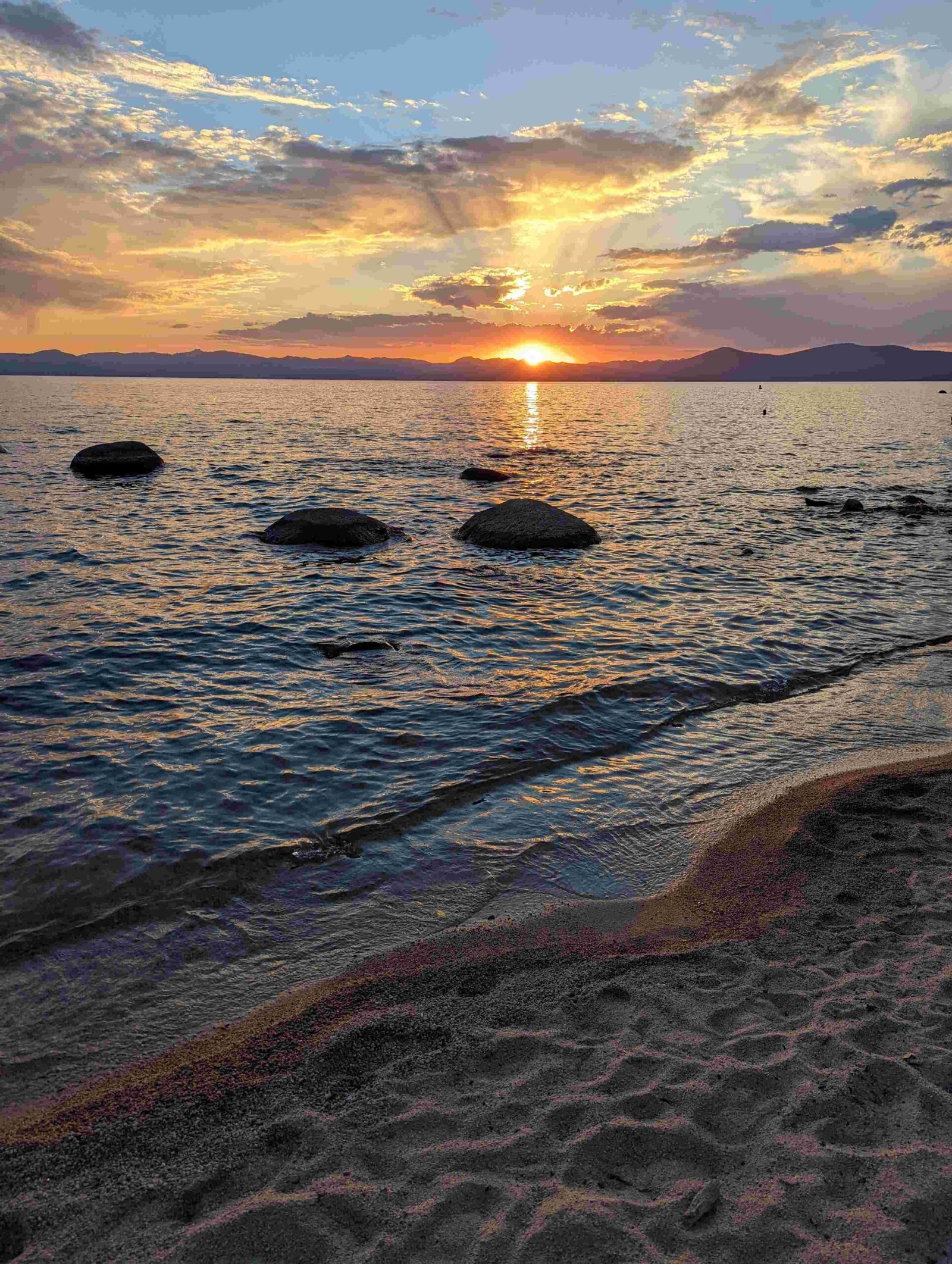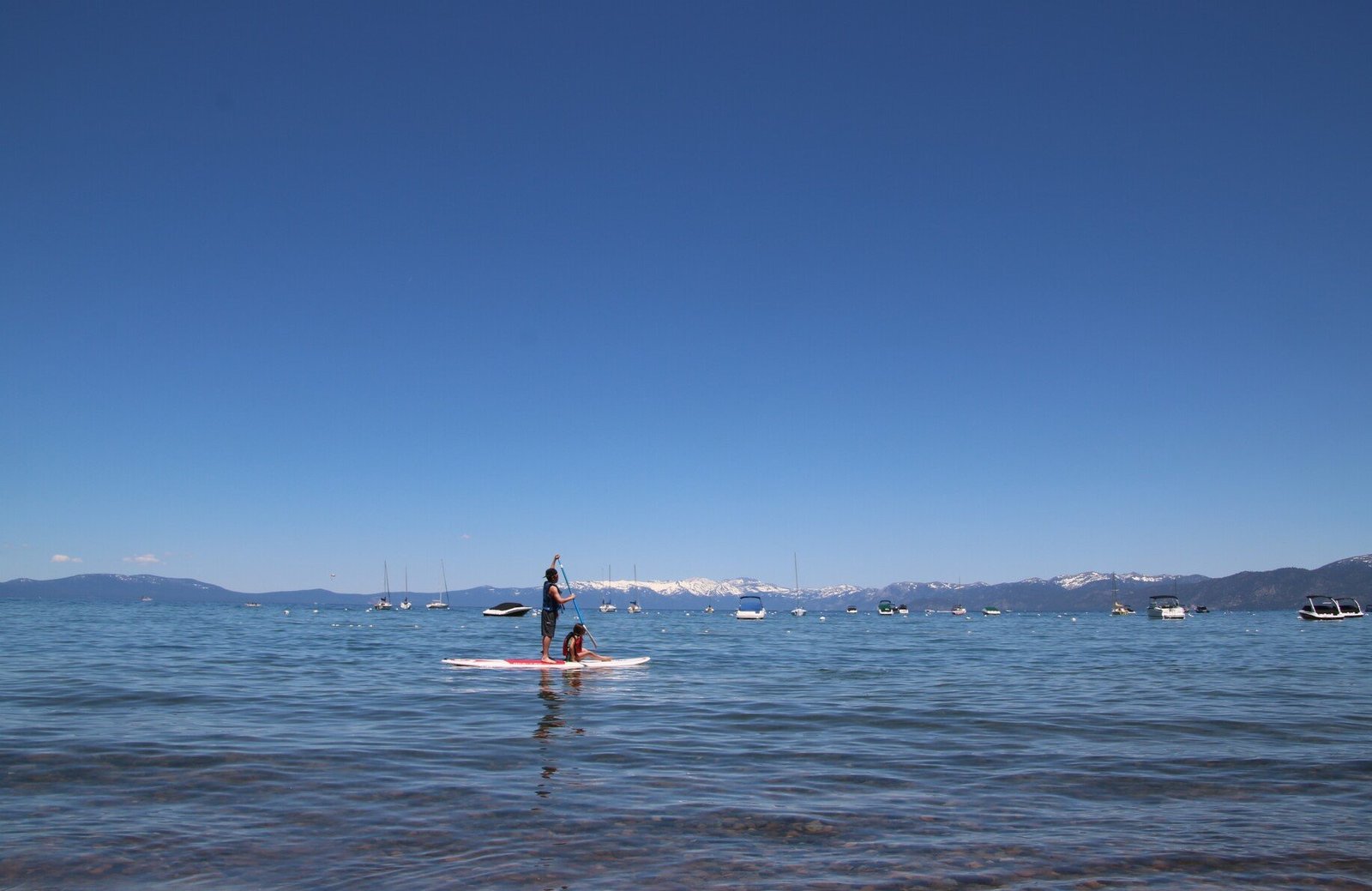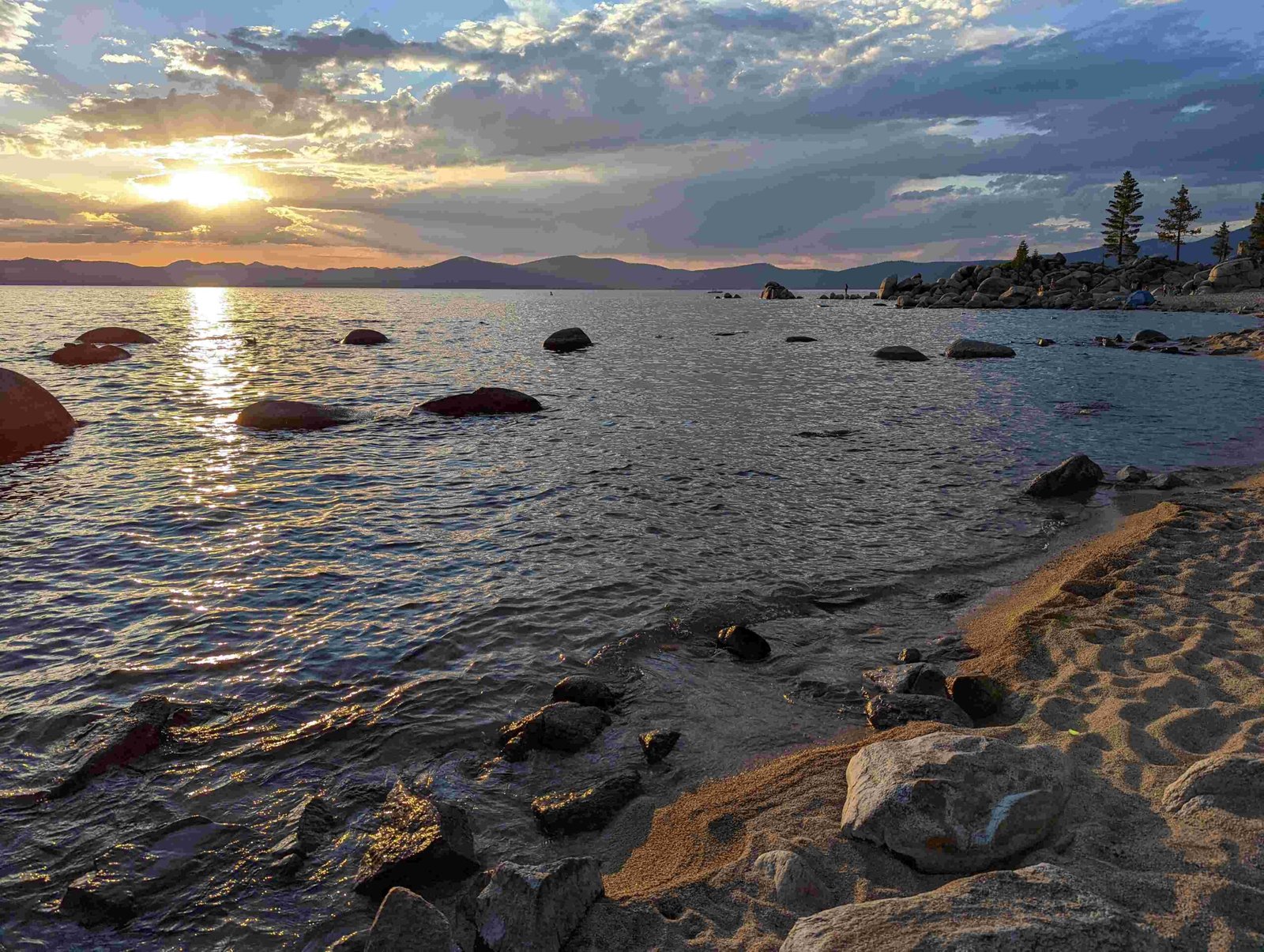Lake Tahoe represents a remarkable alpine ecosystem nestled in the Sierra Nevada mountains, boasting extraordinary geological and environmental characteristics that make it one of North America’s most stunning natural treasures. With its crystal-clear waters, remarkable depth, and complex ecological system, this high-elevation lake offers a unique blend of natural beauty and scientific intrigue that captivates researchers, tourists, and nature enthusiasts alike.
What Makes Lake Tahoe’s Depth Extraordinary?

Lake Tahoe’s depth is truly remarkable, reaching approximately 1,645 feet (501 meters), which positions it as the second deepest lake in the United States. This immense depth creates a fascinating underwater environment with multiple ecological zones and unique characteristics.
Depth Characteristics
| Depth Metric | Measurement |
|---|---|
| Maximum Depth | 1,645 feet |
| Ranking in US | 2nd Deepest |
| Water Volume | 39 trillion gallons |
Why Is Lake Tahoe’s Ecosystem Unique?
The lake’s profound depth supports a complex ecosystem with multiple water layers and temperature gradients. Native species like the Lahontan cutthroat trout have adapted to these specific environmental conditions, creating a delicate and intricate biological network.
Key Ecosystem Features
- Stable underwater temperature zones
- Multiple fish species habitation
- Limited algae growth due to depth
- Unique microorganism populations
How Does Elevation Impact Lake Tahoe?

Situated at approximately 6,225 feet above sea level, Lake Tahoe’s high elevation significantly influences its environmental characteristics. The alpine location prevents extensive algae growth and maintains exceptional water clarity.
Elevation Effects
- Restricts algae proliferation
- Creates unique climate conditions
- Supports specialized flora and fauna
- Maintains water temperature stability
What Challenges Affect Lake Tahoe’s Clarity?
Lake Tahoe’s legendary water clarity has experienced gradual changes over decades. Historical records indicate clarity levels once reached 100 feet, though current averages hover around 60-70 feet.
Clarity Reduction Factors
- Urban runoff
- Atmospheric sediment deposition
- Nutrient infiltration
- Climate change impacts
How Do Conservation Efforts Protect Lake Tahoe?
Multiple organizations collaborate to preserve Lake Tahoe’s pristine environment. The Tahoe Regional Planning Agency (TRPA) and League to Save Lake Tahoe implement comprehensive strategies targeting water quality maintenance and ecosystem protection.
Conservation Strategies
- Strict environmental regulations
- Watershed management programs
- Public education initiatives
- Scientific monitoring systems
What Recreational Opportunities Exist?
Lake Tahoe’s expansive 191 square mile surface provides numerous recreational activities for visitors and residents alike.
Popular Activities
- Boating
- Fishing
- Scuba diving
- Water sports
- Underwater exploration
Conclusion
Lake Tahoe represents more than just a geographical landmark—it’s a complex, dynamic ecosystem embodying natural wonder and scientific marvel. Its unique characteristics continue to inspire research, conservation, and appreciation.

